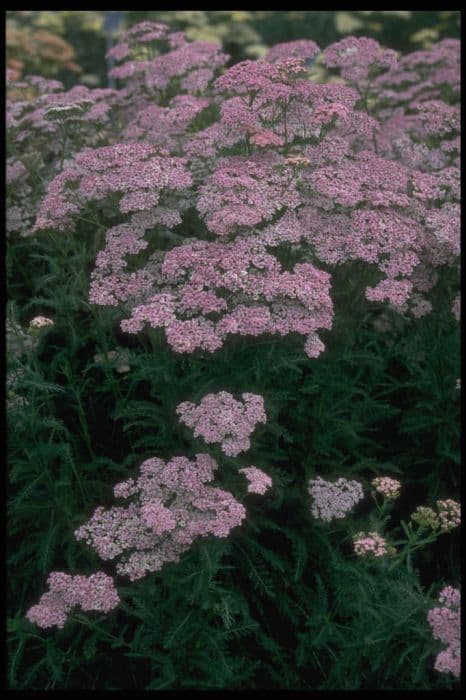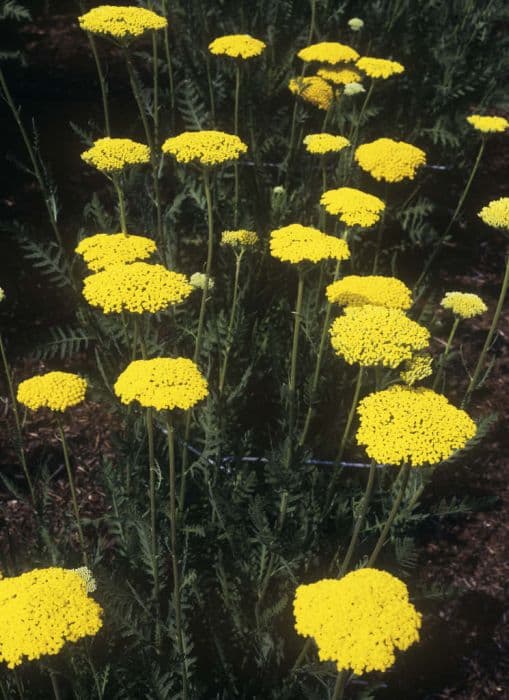Coreopsis 'Red Elf' (PBR) (Li'l Bang Series)

ABOUT
Coreopsis 'Red Elf' is a vibrant and showy perennial that is part of the Li'l Bang Series, which is renowned for its compact, floriferous plants. The 'Red Elf' variety stands out with its striking flowers that have deep red petals surrounding a golden-yellow center, creating a captivating contrast that draws the eye. The daisy-like blooms, which burst forth from midsummer to early fall, are neatly arranged atop a mound of fine, narrow foliage that remains a rich green throughout the growing season. This foliage provides a lush backdrop that further accentuates the color of the flowers. The cheerful blossoms of Coreopsis 'Red Elf' are not only a visual delight but also attract various pollinators, including bees and butterflies, adding to the dynamism of the garden. The plant has a bushy habit with flowers borne on short stems that float above the foliage, creating a layered effect that adds depth to garden beds and borders. Known for its long blooming period, the 'Red Elf' will often re-bloom if deadheaded, keeping the display fresh and colorful. In addition to its ornamental qualities, Coreopsis 'Red Elf' is appreciated for its resilience and low maintenance requirements. It thrives in a range of conditions and is relatively drought tolerant once established. Its compact nature makes it an excellent choice for smaller spaces or as a front-of-border plant in larger landscape designs. Whether planted en masse or as an accent, Coreopsis 'Red Elf' is sure to provide a burst of warm color that complements many garden styles and color palettes.
About this plant
 Names
NamesFamily
Asteraceae
Synonyms
Tickseed, Pot of Gold
Common names
Coreopsis 'Red Elf' (PBR) (Li'l Bang Series).
 Toxicity
ToxicityTo humans
Tickseed 'Red Elf' is not commonly known to be toxic to humans. There are no well-documented cases of poisoning from ingesting this plant. As with any plant not typically intended for consumption, it's advisable to avoid eating it, as individual reactions can vary and unintended effects or allergic responses could occur.
To pets
Tickseed 'Red Elf' is also not commonly known to be toxic to pets. It should be non-toxic to dogs, cats, and other animals. As with humans, there are no significant reports of poisoning from this plant in pets. However, caution is always recommended since individual animals might have different sensitivities or allergic reactions. If a pet ingests a large quantity of the plant and exhibits unusual symptoms, consult a veterinarian.
 Characteristics
CharacteristicsLife cycle
Perennials
Foliage type
Deciduous
Color of leaves
Green
Flower color
Red
Height
1 foot (30 cm)
Spread
1 foot (30 cm)
Plant type
Herb
Hardiness zones
5
Native area
North America
Benefits
 General Benefits
General Benefits- Attractive Blooms: Coreopsis 'Red Elf' produces vibrant, daisy-like flowers that add a splash of color to gardens and attract pollinators like bees and butterflies.
- Compact Size: As part of the Li'l Bang Series, this plant has a dwarf habit, which makes it suitable for small garden spaces, borders, and container gardening.
- Drought Tolerant: Once established, Coreopsis 'Red Elf' is resistant to drought, requiring minimal watering and care, making it ideal for low-maintenance landscaping.
- Long Blooming Season: This plant boasts a long flowering period, typically from early summer until frost, providing continued interest throughout the growing season.
- Deer Resistant: The plant is known to be less palatable to deer, reducing the likelihood of damage in areas where deer browsing is an issue.
- Hardy Growth: Being hardy in a range of zones, Coreopsis 'Red Elf' can withstand various climate conditions, making it a reliable perennial for many gardeners.
- Easy Propagation: Coreopsis can be easily propagated by division, allowing gardeners to create more plants for other areas or to share with fellow enthusiasts.
 Medical Properties
Medical PropertiesThis plant is not used for medical purposes.
 Air-purifying Qualities
Air-purifying QualitiesThis plant is not specifically known for air purifying qualities.
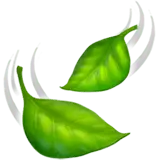 Other Uses
Other Uses- Pressing for Artwork: The vibrant petals of the Tickseed can be pressed and preserved in glass frames or used in mixed media art projects for a splash of natural color.
- Natural Dyes: Their rich red blooms can be used to create natural dyes for fabrics, offering a safe and eco-friendly alternative to synthetic dyes.
- Photography Subject: The unique appearance of the Tickseed makes it an excellent subject for macro and nature photography, providing an opportunity to showcase the intricacies of its design.
- Decorative Garlands: Dried Tickseed flowers can be strung together to create decorative garlands for parties or events, giving a rustic or country chic ambiance.
- Culinary Garnish: While not commonly known for eating, the fresh petals of Tickseed can occasionally be used to add an ornamental touch to salads and desserts.
- Educational Tool: Tickseed can be grown by children or in schools as an educational tool to learn about plant development and the life cycle of flowers.
- Crafting Potpourri: Mixing dried Tickseed petals with other dried flowers and spices can create a fragrant potpourri to naturally scent the home.
- Sustainable Confetti: At eco-conscious celebrations, dried Tickseed petals can be used as biodegradable confetti, minimizing environmental impact.
- Bookmark Creation: Pressed Tickseed flowers can be laminated or placed within the pages of a book to create a natural and personal bookmark.
- Olfactory Training: The subtle scent of the Tickseed can be used in olfactory training exercises to help individuals sharpen their sense of smell.
Interesting Facts
 Feng Shui
Feng ShuiThe Coreopsis is not used in Feng Shui practice.
 Zodiac Sign Compitability
Zodiac Sign CompitabilityThe Coreopsis is not used in astrology practice.
 Plant Symbolism
Plant Symbolism- Cheerfulness: Coreopsis, commonly known as Tickseed, is often associated with cheerfulness due to its bright and sunny flowers that can uplift spirits and symbolize joy.
- Love: The vibrant red color of 'Red Elf' can symbolize deep love and affection, making it an ideal flower to represent romantic feelings.
- Optimism: Tickseed blooms are a symbol of hope and looking forward to the future, because of their long-lasting nature and the plant's ability to flower from early summer to fall.
 Water
WaterTickseed should be watered thoroughly once a week, providing about 1 inch of water each time. During hot or dry periods, increase the frequency to twice a week, ensuring that the soil stays moist but not waterlogged. If you're using a watering can or garden hose, water at the base of the plant to avoid wetting the foliage, as this can lead to fungal diseases. It is important to adjust the watering schedule based on rainfall, as over-watering can be as detrimental as under-watering. In general, 1 to 1.5 gallons per week per plant will suffice for established Tickseed plants, though newly planted specimens may require slightly more consistent moisture until they are fully rooted.
 Light
LightTickseed thrives in full sun, meaning at least 6 to 8 hours of direct sunlight each day. The ideal spot for planting Tickseed would be in an area that is unobstructed by trees or buildings to maximize sun exposure. If planted in too much shade, the plant may not bloom as prolifically and could become leggy.
 Temperature
TemperatureTickseed can generally tolerate a wide range of temperatures, but it performs best when the temperature is between 60 and 75 degrees Fahrenheit. The plant is hardy and can survive in temperatures as low as 20 degrees Fahrenheit, making it suitable for many gardens. To ensure vigorous growth and blooming, try to maintain the ideal temperature range, particularly during the growing season.
 Pruning
PruningPrune Tickseed in late winter or early spring before new growth begins, as this helps encourage a fuller shape and more blooms. Deadhead spent flowers regularly to promote continuous blooming throughout the growing season. If the plant becomes too dense, it can be thinned by removing some of the stems at the base to improve air circulation.
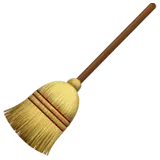 Cleaning
CleaningAs needed
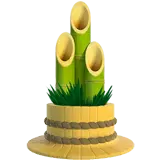 Soil
SoilTickseed 'Red Elf' thrives in well-draining soil enriched with organic matter and prefers a soil pH between 6.0 and 7.0. A mix of loam, peat or compost, and sand or perlite can create an ideal growing medium for this plant, ensuring adequate nutrients and proper drainage.
 Repotting
RepottingTickseed 'Red Elf' generally does not require frequent repotting and should be repotted when it outgrows its current container, which may happen every 2-3 years or if signs of soil exhaustion or poor drainage are noticed.
 Humidity & Misting
Humidity & MistingTickseed 'Red Elf' is tolerant of a wide range of humidity levels and does not require high humidity to thrive, making it well-suited for the average outdoor environment where humidity is naturally regulated.
 Suitable locations
Suitable locationsIndoor
Ensure bright light, well-draining soil, and occasional water.
Outdoor
Place in full sun to part shade, well-draining soil, moderate water.
Hardiness zone
5-9 USDA
 Life cycle
Life cycleThe Coreopsis 'Red Elf' initiates its life cycle as a seed, typically germinating in early spring when soil temperatures warm up. After germination, it enters a vegetative stage, producing a rosette of leaves and establishing a root system. As it matures, stem development ensues, followed by the formation of buds. The buds bloom into distinctive red flowers with a prominent yellow center in late spring to early summer, attracting pollinators. Following pollination, the plant sets seeds in late summer to early fall, which can self-sow or be collected for propagation. In winter, the plant may die back, especially in colder climates, entering a period of dormancy before resuming growth in the following spring.
 Propogation
PropogationPropogation time
Spring-Early Summer
The most popular method for propagating Coreopsis 'Red Elf', also known as Tickseed, is by division. This method is best performed in the spring or early fall to allow the plants time to establish before the extreme weather of summer heat or winter cold. To propagate by division, carefully lift the full plant out of the ground with a shovel, ensuring a good amount of roots are attached to each section you separate. Use a sharp knife or spade to divide the clump into smaller sections, each with several shoots and a healthy portion of roots. These divisions can then be immediately replanted into prepared soil at the same depth they were originally growing. Water the new divisions thoroughly to help establish them, providing about an inch (2.54 centimeters) of water per week if there is no rain. This simple propagation technique helps to rejuvenate older plants while also increasing your stock of Tickseed.
